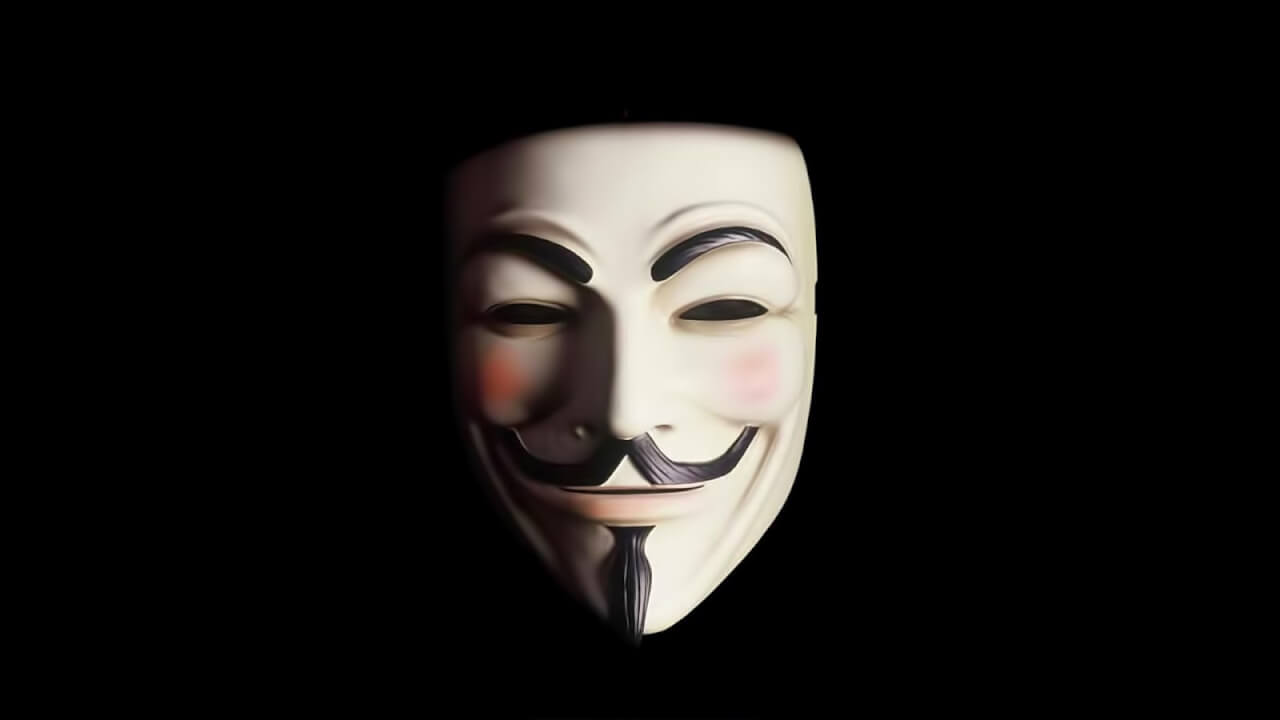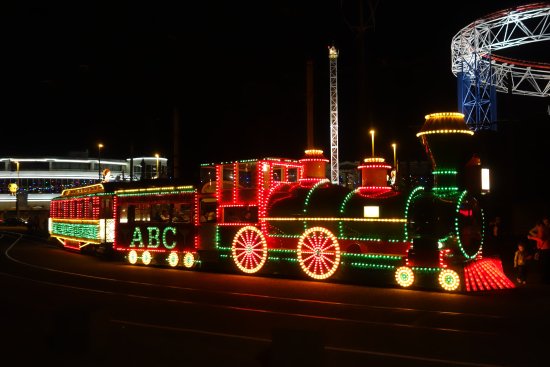Remember, remember, the 5th of November The Gunpowder Treason and plot; I know of no reason why Gunpowder Treason Should ever be forgot.
Tonight is the night where people light bonfires and set off fireworks. OK, I’ve heard people setting fireworks off for about 2 weeks now, so just in case you’re one of those people, it’s tonight you should have been setting them off. Also bonfires ablaze all weekend. Every time I’ve looked out my window this weekend I thought I’d missed the apocalypse or something. Anyway, that aside, there are a couple of organised displays on tonight in the area. You could get yourself down to Cottam Hall Playing Field or Fleetwood near the Marine Hall Gardens.
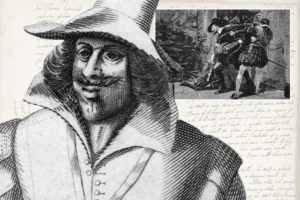
The Origins Of Bonfire Night
But what is Bonfire Night all about anyway? Why is it that if you mention Bonfire Night to anyone outside the UK, they look at you sideways and wonder what you’ve been drinking.
Hopefully, you’ll have studied this somewhat at school. Do you remember? It’s a pretty interesting story actually.
Guy Fawkes was a real person in history. Quite a prominent person really due to his notoriety. His face is recognisable with his well trimmed mustache and even people who don’t have a clue who Guy Fawkes is have seen his face numerous times as a mask made to resemble his face has been used for some time now by anti-capitalists.
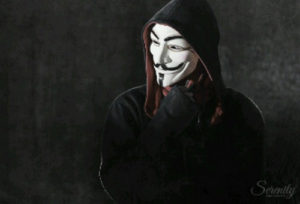
So the reason why Fawkes has been adopted as something as a mascot is because he made quite a brazen attempt back in 1605 to blow up Westminster Palace. It was an attempt to assassinate the King and everyone else in the palace. Unfortunately for Fawkes, his plan was foiled just in time and on November 5th, he was arrested for treason. This event has gone down in history as “The Gunpowder Plot” due to the method in which Fawkes was going to create the explosion.
Guy and his co-conspirators were not happy with the fact that England was under protestant leadership at the time. Robert Catesby, who was the real mastermind behind the plot conspired with Fawkes to warn all Catholic peers in London to stay away from the Palace, including the 4th Baron Monteagle, to whom a famous letter was written.
To facilitate their plans, the group of co conspirators rented a cellar close to Westminster. Here, they stored 36 barrels of gunpowder which would be used to execute their plan. It was enough gunpowder to completely obliterate the palace itself as well as all buildings within a mile.
Unfortunately for Fawkes and his gang, the letter that was sent to Monteagle was intercepted and made public and this led to the demise of the plot.
The Events of 5th of November
When the letter was made public, a search was ordered of Westminster Palace. During the early hours of November 5th, Guy Fawkes was the one who was found guarding the gunpowder.
When he was questioned as to what he was doing, Fawkes claimed that he was a servant guarding wood belonging to Thomas Percy. When it was reported to the king however, it was discovered that Percy was a catholic and so another search was ordered. Upon this second search, gunpowder was discovered and as a result, Fawkes was arrested.
Upon his arrest, Fawkes gave his name as John Johnson, a pseudonym that he had gone by throughout his involvement in the Gunpowder Plot. He was brought to the Privy Council in the King’s bedchamber under guard and was asked why he was trying to blow up parliament and assassinate the King. He said that he believed that the king was a disease since his excommunication by the Pope. When asked why he had such a large amount of gunpowder, he said “To blow you Scotch beggars back to your own native mountains!”.
King James sent Fawkes to the Tower of London and wrote in a letter the next day that “The gentler tortours are to be first used unto him, and so by degrees proceeding to the worst, and so God speed your goode worke”.
Over the next 4 days, Fawkes was tortured on “the rack” and eventually, he confessed as well as giving the names of his co conspirators. The National Archives still hold his written confession which he wrote following his torture. His signature was faint and weak, suggesting just how severe the torture must have been.
Fawkes’ Death
On January 31st 1606, Fawkes and his co conspirators in the Plot in November the previous year were tried. They were sentenced to be hung, drawn and quartered in the Old Palace Yard in Westminster.
The Attorney General Sir Edward Coke told the court that each of the condemned would be drawn backwards to his death, by a horse, his head near the ground.
They were to be “put to death halfway between heaven and earth as unworthy of both”.
Their genitals would be cut off and burnt before their eyes, and their bowels and hearts removed.
They would then be decapitated, and the dismembered parts of their bodies displayed so that they might become “prey for the fowls of the air”.
Guy himself managed to avoid this torturous death however as he jumped from the scaffolding that held the rope where he was due to be hanged. He broke his neck as a result of the fall and as a result, he avoided the fate that had been decided for him. His body parts were also not distributed as was previously ordered.
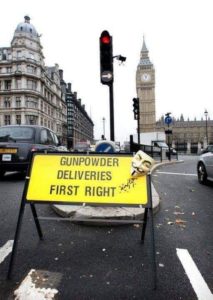
Aftermath
Even though Fawkes was basically a terrorist and treasonous towards his king, he was named as the 30th Greatest Briton in History in a poll conducted by the BBC in 2002.
The word “guy” is used today in reference to males, but it originally meant an “ugly and repulsive person” and was a reference to Guy Fawkes.
Straw based figures of Guy Fawkes thrown onto bonfires have always been a symbol to remember the gunpowder plot, but over time, this meaning has become blurred, with some believing that Fawkes was burned to death. In actual fact, Londoners were encouraged to light bonfires and create effigies to celebrate the prevention of the King’s assassination. This is a tradition that has been continued to the present day.
If you’re celebrating Bonfire Night This November 5th, stay safe and remember that fire and fireworks are very dangerous.

